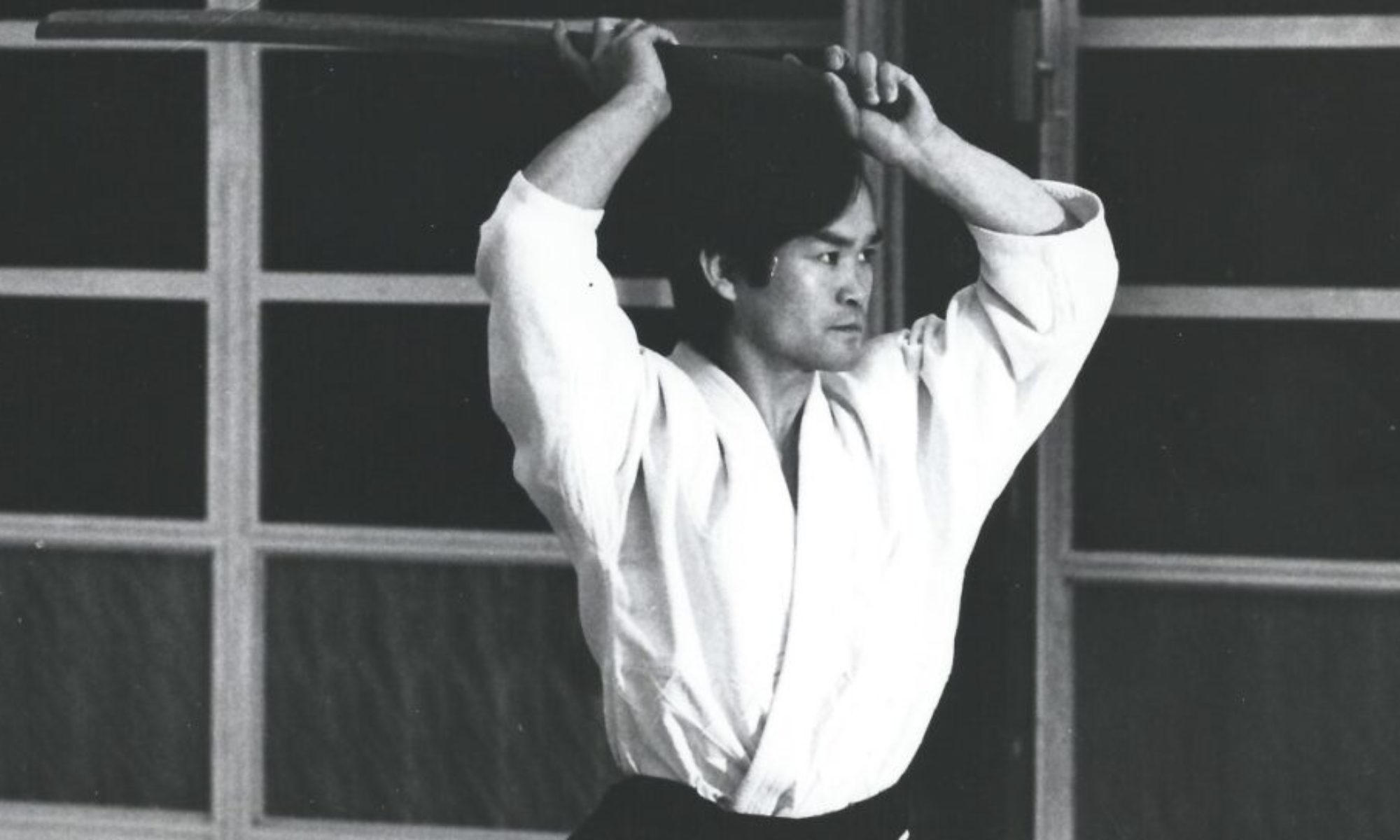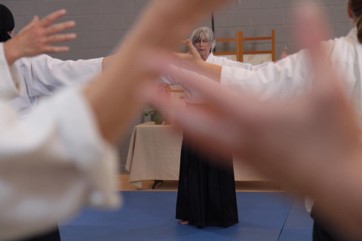By Lynne Morrison Florida Aikikai
“Inspiration” comes up for me when I remember the 2017 Women’s Camp. The inspiration, the “breath” of Aikido I experienced in my practice with all of you. I took a wrist and felt the gentle wind in the trees. I took a wrist and felt the wild rushing of a mountain waterfall. I took a wrist and felt the raw deep earth. I took a wrist and heard the sweet song of birds. I took a wrist and felt the fierce struggle of a new bloom. Aikido living in so many forms within generations of women practitioners. Each woman, grateful for their individual teachers, and mentors. Each woman making Aikido her own.

